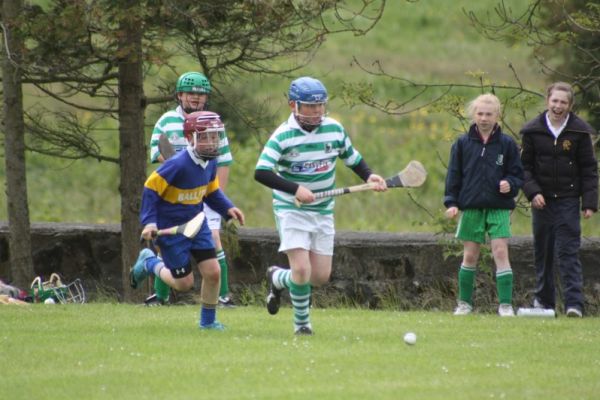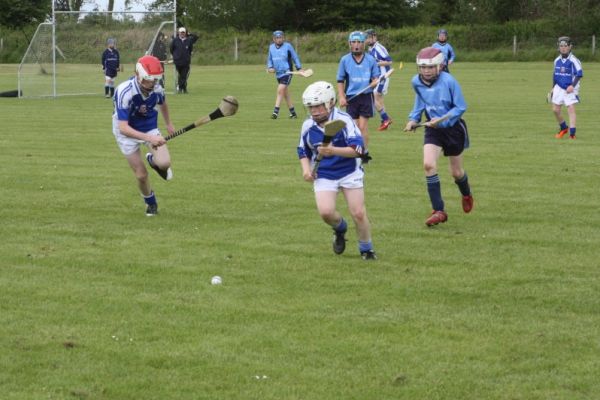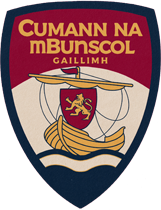About
The History Of Hurling
Hurling is a game similar to hockey, in that it is played with a small ball and a curved wooden stick. It is Europe’s oldest field game. When the Celts came to Ireland as the last ice age was receding, they brought with them a unique culture, their own language, music, script and unique pastimes. One of these pastimes was a game now called hurling. It features in Irish folklore to illustrate the deeds of heroic mystical figures and it is chronicled as a distinct Irish pastime for at least 2,000 years.
Hurling is played on a pitch approximately 137m long and 82m wide. The goalposts are the same shape as on a rugby pitch, with the crossbar lower than a rugby one and slightly higher than a soccer one.
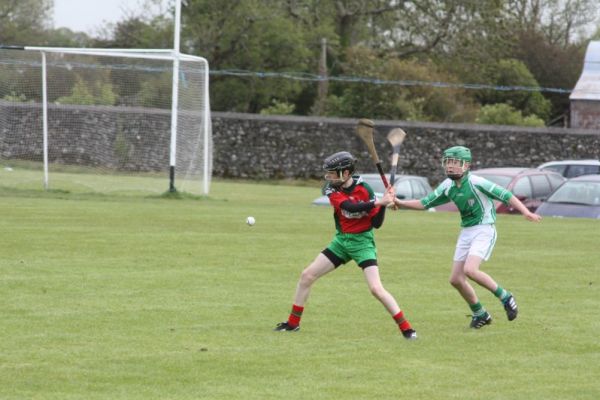
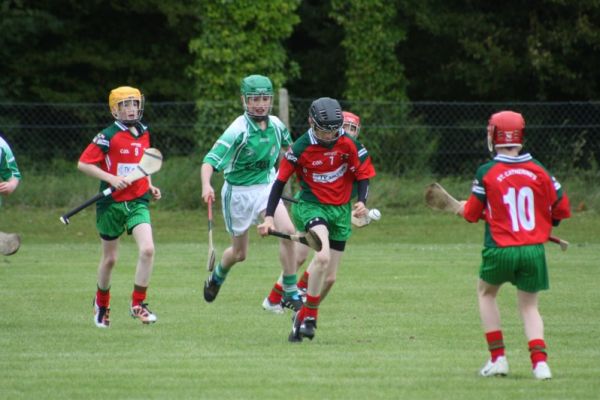
A game is played over two halves of 30 minutes (at club level) or 35 minutes (at inter-county level).
